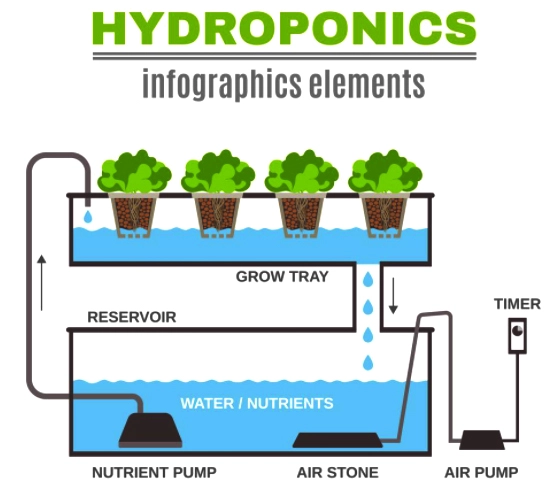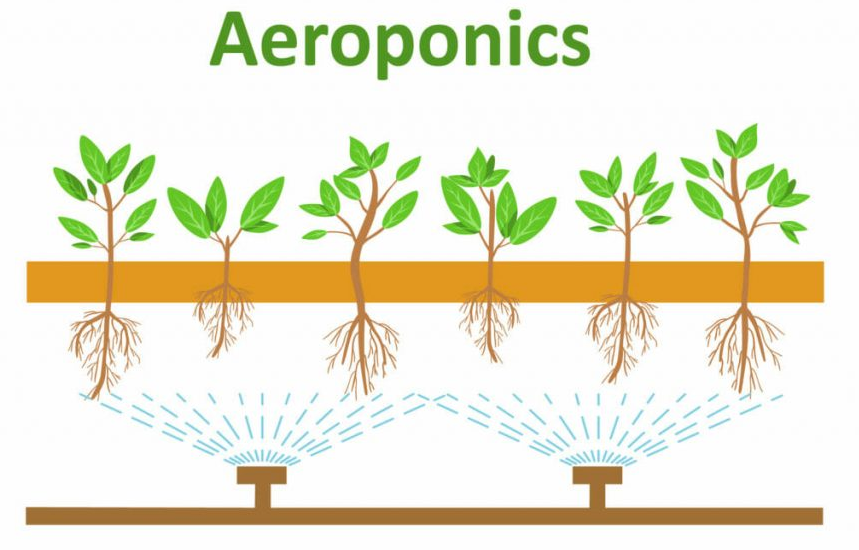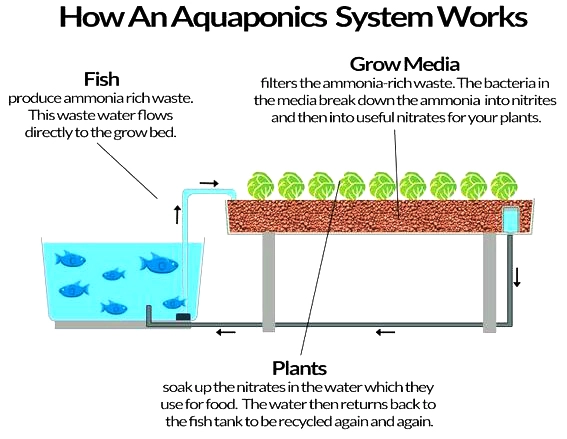Agriculture
Vertical Farming
- 25 Apr 2022
- 7 min read
For Prelims: Vertical Farming, Hydroponics, Aquaponics, Aeroponics
For Mains: Cropping Patterns, Agricultural Marketing
Why in News?
India is evolving every day with something new. Also, industrialization is increasing dramatically due to which many arable lands are at greater risk. Vertical farming in India is the answer to all these problems.
What is Vertical Farming?
- Background:
- In 1915, Gilbert Ellis Bailey coined the term vertical farming and he went on to write a namesake book.
- The modern concept was first proposed in 1999 by professor Dickson Despommier. His concept centered on the idea that urban areas should grow their own food which can save time and resources required for transportation.
- About:
- Instead of horizontally on the ground like traditional farming, vertical farming grows crops in vertical, stacked layers without putting too much impact on land and water resources which are scarce.
- It includes soilless farming techniques, among others.
- Vertical farming systems like aeroponics and hydroponics come under the broad umbrella ambit of ‘protected cultivation’, where one can control and regulate multiple variables like water, soil, temperature, humidity, and so on.
- Protected cultivation, when practised at scale, offers a massive potential to shorten and optimise our farm-to-plate supply chains by making food available closer to the consumer and thereby can go a long way to improve our nation’s GDP (Gross Domestic Product) and reduce imports dependency.
- Types:
- Hydroponics:
- Aeroponics:
- Aeroponics is an environment-friendly way of farming in which the roots are suspended in the air and plants grow in a humid environment without soil.
- It is a variation of hydroponics where both growing medium and flowing water are absent.
- Aquaponics:
- Aquaponics is a system that combines hydroponics and aquaculture within a closed system.
- There are three biological components in the aquaponics process: fishes, plants, and bacteria.
What is the Significance of Vertical Farming??
- Financial Viability:
- While the upfront initial capital cost involved in vertical farming is usually higher, if and when the entire crop production design is done properly, it makes absolute sense and financial viability to grow, harvest, and produce a particular crop throughout the year or in a specific season applying vertical farming methods.
- More Water Efficient:
- All crops grown via vertical farming methods are usually over 95% water efficient, as compared to crops grown through traditional agricultural practices.
- Water Saving:
- For a country like India, which consists of only around 4% of the world’s water resources, vertical farming-based technologies can not only increase the efficiency and productivity of our food production but can also lead to quantum leap in water savings, which in turn shall support and give impetus to India’s ambitious goals of achieving carbon-neutrality within its food production ecosystem.
- Better Public Health:
- Additionally, as most of the crops are grown “without the use of pesticides”, it leads to “a positive contribution towards better public health as well over time”; hence the consumers can expect zero-pesticide produce, which is also healthy, fresh, and sustainable for the planet.
- Employment:
- Lastly, it is important to emphasise that protected cultivation has the potential to create new jobs, skill sets, and economic opportunities for the agriculture students of our country, who are seen to be able to adapt and move forward with the learning curve quickly.
Way Forward
- Encouraging Soilless Techniques for Food Security: Strengthening food production and distribution systems is key to fighting hunger and tackling the burden of malnutrition.
- The development of aquaponics and hydroponics embrace all dimensions of food security.
- The government shall consider these methods as viable alternatives for traditional farming and provide assistance in making these techniques affordable to a larger number of farmers.
- Providing Knowledge and Skills: While these alternative techniques can be utilized by a variety of stakeholders, from household farmers and small- to large-scale farmers, specific knowledge and skills must be developed for safe, successful and sustainable implementation.
- Facilitating Sustainable Farming: In a country like India, there is a constant pressure on agricultural land and its conversion to other uses.
- With Aeroponics and Hydroponics, the discussions around farming can move away from land constraints to focussing more on sustainable farming techniques.
- Way Ahead for Schools: Such systems are difficult but not impossible to maintain, the prerequisite is to have at least basic understandings of these systems.
- Schools might also encourage students to install Aquaponic systems at schools as their practical task for core STEM subjects like Maths, Biology, Chemistry, and Engineering.









